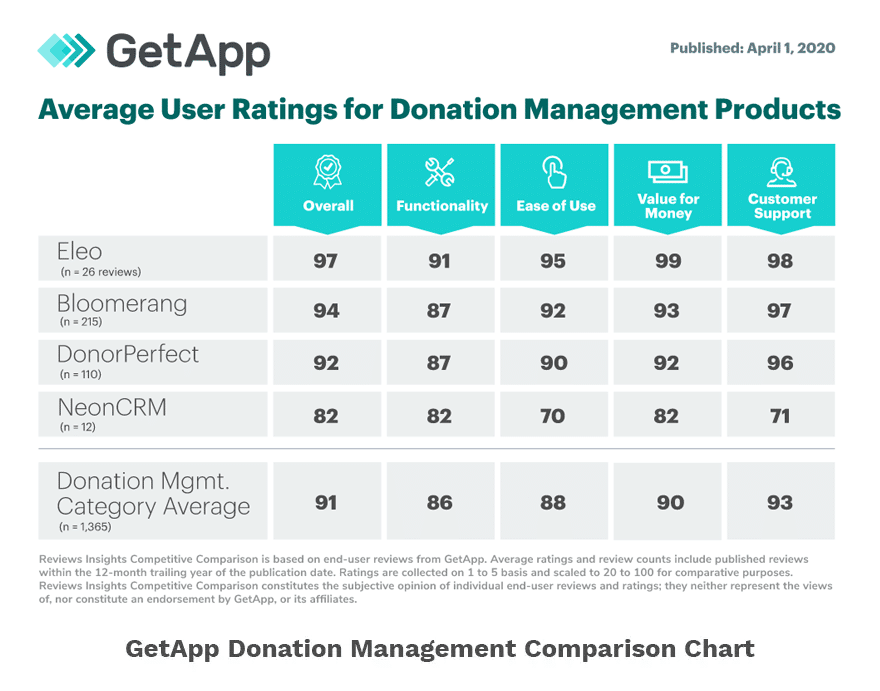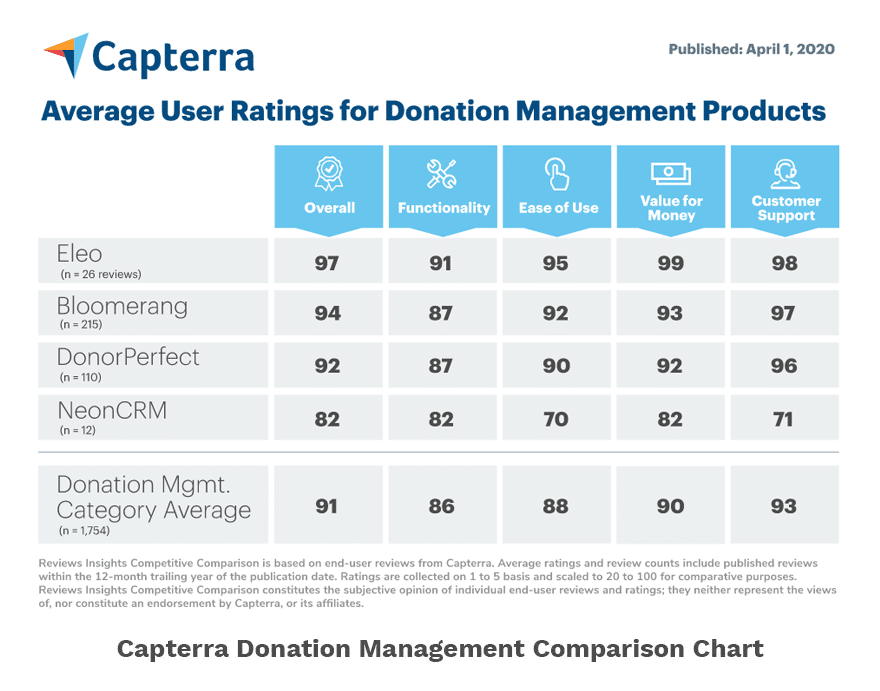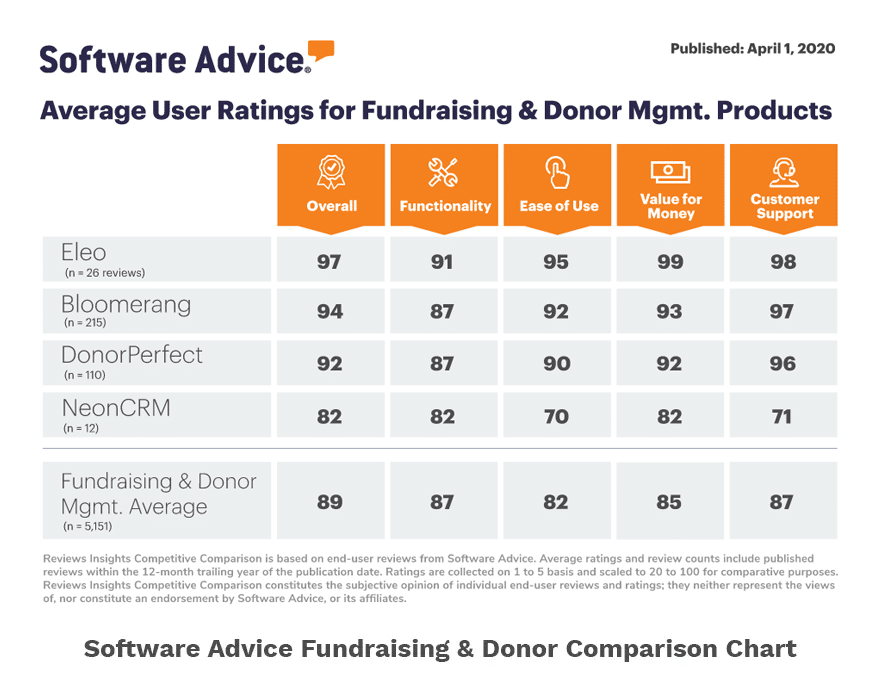
There are now five generations that are active in philanthropy. Each generation has different motivations for giving. Each generation has different preferences for the types and number of organizations they support, how they communicate, sources of news, and how they consume information.
Because of the uniqueness of each generation, small nonprofits should go beyond a donor’s giving history and take steps to truly understand who they are! Segment lists in your donor database by generation and adjust your fundraising and communication strategies to support generational giving.
For example, what types of language and tone are appropriate for each generation? What communication platforms do they prefer and trust? How do they prefer to make that donation?
Let’s take a closer look at the five generations to get a better sense of their motivations, influences, and communication preferences as they relate to charitable giving.
The Silent Generation
Born 1925-1945
Having lived through the Great Depression and World War II, the Silent Generation is hardworking, resilient, and practical. They value loyalty and financial security and tend to be content to accept societal “norms.” The Silent Generation has not widely adopted new technology and prefers to give through traditional methods like phone calls and direct mail.
This generation represents just 11.8 percent of the U.S. population but more than one-quarter (26 percent) of total giving. 88 percent of the Silent Generation donate to an average of 6.2 organizations, with average annual gifts totaling $1,367. They typically commit long-term to nonprofits and faith-based organizations that align with their values at live events and through planned giving.
Baby Boomers
Born 1946-1964
Baby Boomers saw the birth of the Civil Rights and women’s liberation movement and lived through the Vietnam War. They value individualism and self-expression and support social change with a sense of optimism. Baby Boomers have an entrepreneurial spirit and are driven to achieve goals. This generation is comfortable with technology, communicates via voice, text, and email, and actively uses established social media platforms. While they’re comfortable giving online, Baby Boomers will also write checks and attend events.
Thanking donors is important in general. However, Boomers in particular expect you to show your appreciation and are more likely to reward you with their loyalty!
Baby Boomers represent 23.6 percent of the U.S. population and are responsible for a whopping 43 percent of total giving. Annual donations average $1,212 across an average of 4.5 organizations. A combination of traditional and digital communication can drive giving, as 24 percent of Boomers said they donated online after receiving direct mail from the nonprofit.
Generation X
Born 1965-1980
Generation X were often latchkey kids. Many had divorced parents and grew up during periods of economic instability. This has made Gen Xers independent, pragmatic, and even cynical and skeptical. They value self-reliance, adaptability, and resourcefulness. Generation X largely adopted email and the internet in the 1990s. They’re comfortable giving both offline and online through websites, social media, and crowdfunding campaigns.
The average annual gift for Generation X is $732 across four organizations. They represent 20.4 percent of the U.S. population and pull their weight, accounting for 22 percent of all giving. Nearly one-third of Gen Xers donated online after being prompted via email. Ever pragmatic, they research before donating and prefer supporting organizations in their own communities.
Millennials
Born 1981-1996
Tech-savvy Millennials were raised during the digital revolution and are typically collaborative and team-oriented. This generation values social responsibility, purpose, and meaningful work, as well as the flexibility and autonomy to support their efforts to make a difference. As the first digital natives, younger Millennials tend to favor texting, video, and social media over traditional communication methods like phone calls and letters.
The polarizing Millennial generation makes up 25.9 percent of the U.S. population but represents just 11 percent of giving. Millennials prefer online giving and engage in peer-to-peer fundraising though social media and crowdfunding platforms, focusing on nonprofits with missions that align with their values.
Generation Z
Born 1997-2012
Gen Z is often called the Activist Generation. Born into a digital world, Gen Z is aware of and responds to crises around the world. As students, they lived through the pandemic and practiced active shooter drills. Gen Z values inclusion, diversity, sustainability, and flexibility. They weave technology into all aspects of life, whether creating TikTok videos or using AI and automation to work more efficiently.
Gen Z gravitates towards smaller, grassroots organizations, often donating their time and advocating through social media. In fact, about six in 10 Gen Zers said they were inspired to give by social media content. Interactive, gamified campaigns also appeal to Gen Z. They like to support causes for which there is urgency and the impact can be immediately felt, including inclusion, diversity, and the environment.
Key Takeaways
The Silent Generation and Baby Boomers are responsible for 69 percent of charitable giving. And they’re not going away anytime soon as more older Americans are living longer!
Keep in mind that 44 percent of Americans 50 and older have considered planned giving, according to a 2022 study by the American Endowment for Financial Literacy. One in four donors 70 and older have already made a planned gift, according to a 2023 report by Giving USA. In fact, Baby Boomers are expected to fuel a $70 trillion transfer of wealth over the next 25 years, much of which is projected to go through planned giving.
Before you scrap your printed newsletter and direct mail campaigns, run a report in your donor database to determine how much giving comes from older generations! Consider formalizing a planned giving program if you don’t have one already.
Of course, small nonprofits should always look for ways to bring more people into the fold from the remaining three generations. Build relationships with Generation Xers who are approaching their prime giving and volunteering years! They appreciate both traditional and modern approaches to fundraising.
For Millennials and Gen Z, think about how you can improve your fundraising approach on mobile devices through social media apps and texting. They value transparency and trust, so make sure your stories, photos, and videos are authentic, personal, and timely.
Remember the same message, language, and communication platforms won’t be equally effective for every generation. Spend time getting to know your donors and adapt your approach for different generations!
Generational giving data source: https://www.nptechforgood.com/2023/08/04/6-generations-of-giving-who-gives-the-most-and-how-they-prefer-to-give/





